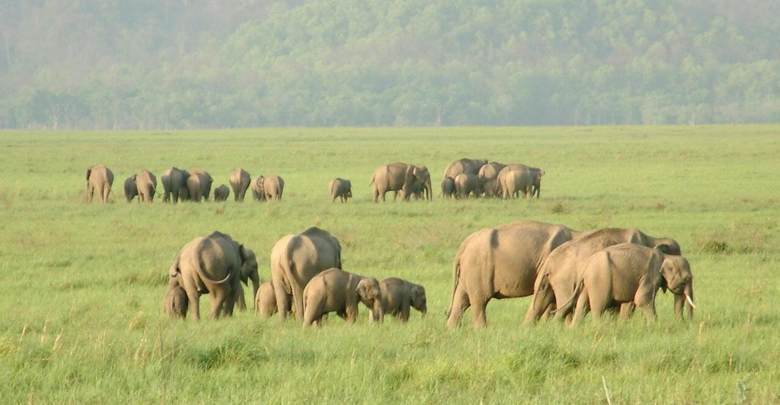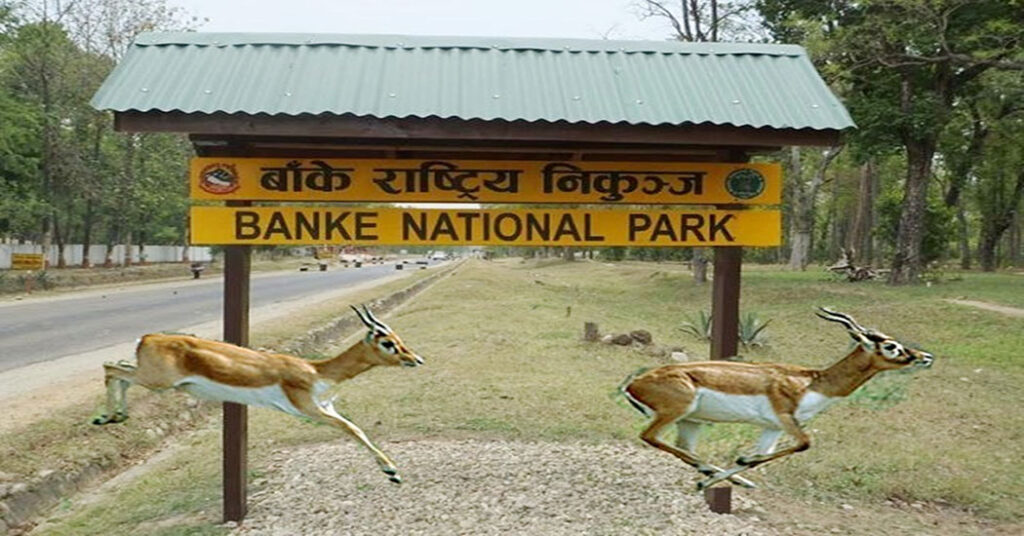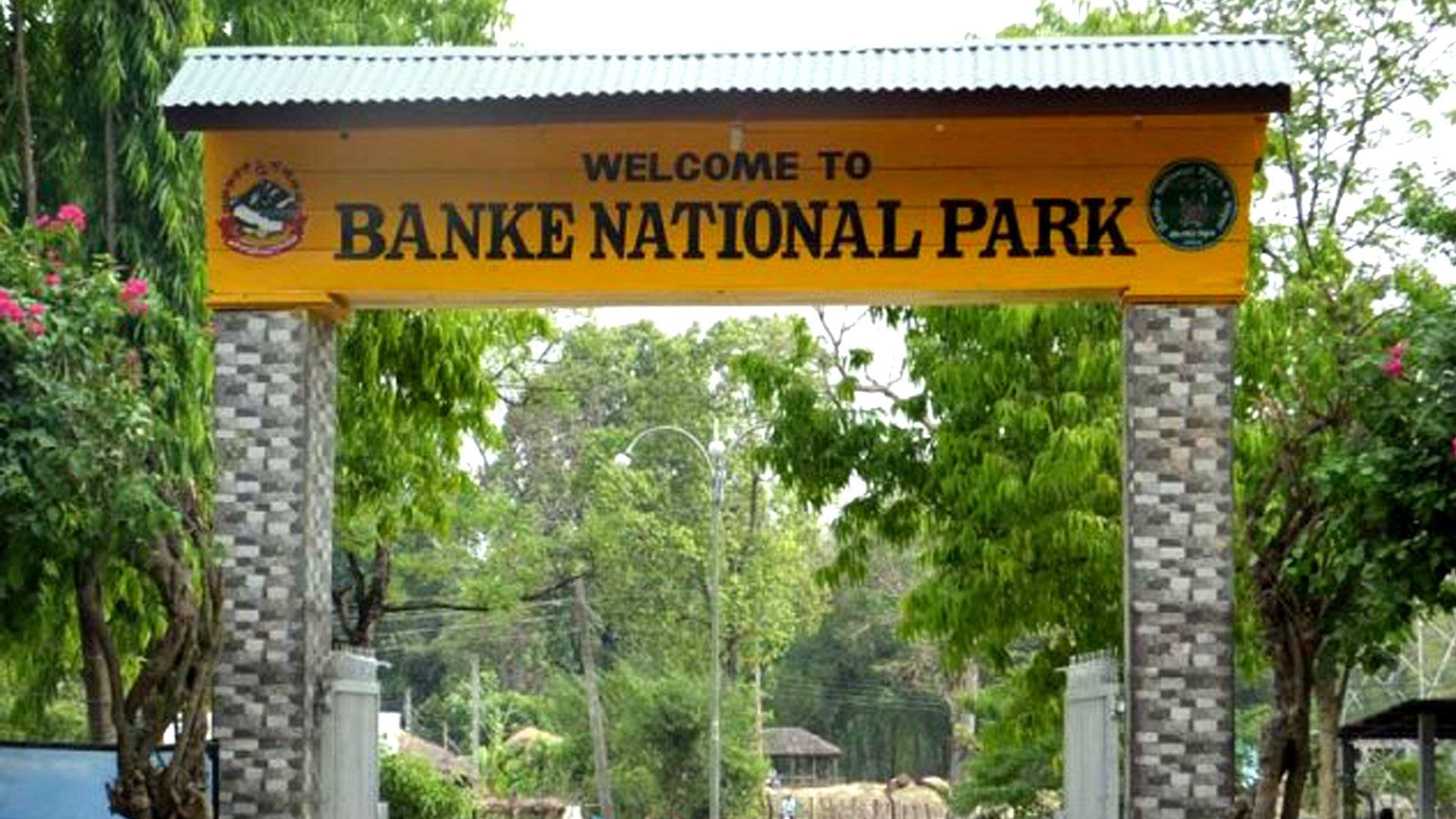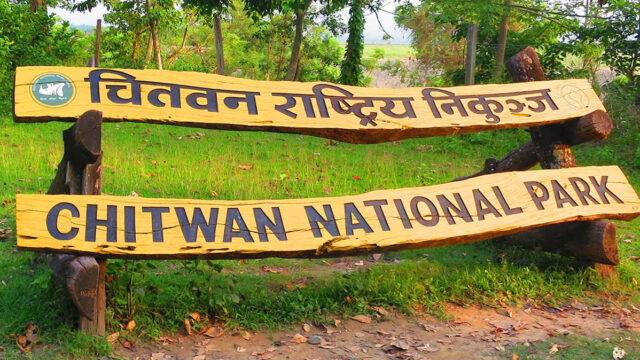Banke National Park, established with the objective of conserving tiger habitats and preserving wildlife corridors, has recently seen signs of developing nature-based tourism. Despite notable success in the conservation of endangered species, including the Bengal tiger, the park has yet to see a significant influx of tourists.
According to the park administration, only around 700 visitors have entered the core area of the park for exploration between mid-July 2024 and mid-May 2025. This figure, though slightly improved compared to previous years, remains relatively low considering the park’s biodiversity and proximity to major transport routes.

Senior Conservation Officer of the park, Birendra Prasad Kandel, noted that while more than 50,000 people have visited the buffer zone areas for picnics and short nature retreats, only about 700 tourists have ventured into the park’s inner sanctuaries to witness the wildlife and natural landscapes. “All the visitors who entered the core area did so through homestay services operating in the buffer zone,” Kandel said.
Banke National Park, situated just 15 kilometers from Nepalgunj Airport and easily accessible via the East-West Highway, was established on July 12, 2010 (Ashar 28, 2067 BS). Spread across the plains of western Nepal, the park is home to a rich variety of flora and fauna, yet it remains relatively unnoticed on the country’s tourism map compared to nearby Bardiya National Park, which has been drawing increasing numbers of visitors each year.
The lack of tourism infrastructure within Banke National Park has been identified as a key issue. Kandel emphasized the role of local homestay operators and hotel entrepreneurs in attracting more visitors into the park. He said, “To draw more tourists into the core areas, stakeholders must collaborate to arrange adequate safari vehicles and guiding services.”

Last fiscal year (2080/81 BS), only 444 visitors entered the park, highlighting the urgent need for strategic promotion and improved services. Despite this, Banke National Park has achieved important milestones in conservation. According to a 2022 wildlife census, the park hosts 25 adult tigers, a sign of successful conservation efforts. Furthermore, the park supports 422 species, including 34 mammals, 276 birds, 24 reptiles, 9 amphibians, and 55 fish species.
Local tourism stakeholders echo the need for greater focus on tourism development. Krishna Lal Chaudhary, the Chairperson of Gavar Valley Community Homestay, expressed concern over the low tourist turnout despite the park’s natural allure. “We are seeing some growth in the number of tourists interested in scenic views and jungle activities, but it’s far from satisfactory,” he said.
There are currently three major community homestays operating in the buffer zone, Gavar Homestay, Khadkwar Homestay, and Naya Gaun Homestay, which serve as gateways for visitors looking to explore the park. However, these facilities face limitations in terms of accommodation capacity, transportation logistics, and organized wildlife excursions.

Krishna Prasad Shrestha, Coordinator of the Tourism Promotion Forum, stated that while Bardiya National Park is witnessing year-on-year growth in tourist arrivals, Banke remains underutilized. He emphasized the need for collaborative efforts between government bodies and the private sector to position Banke National Park as a nationally and internationally recognized ecotourism destination. “We, as citizens, are committed to elevating the park’s visibility and appeal,” he added.
Given its ecological richness, scenic beauty, and accessibility, Banke National Park holds vast untapped potential for eco-tourism and educational tourism. To realize this, a coordinated approach involving the tourism board, conservation authorities, local communities, and the private sector is crucial. Enhancing tourist experiences through jungle safaris, guided wildlife tours, multilingual information boards, and better transportation access could substantially increase visitation.
While Banke National Park has achieved commendable conservation results, its tourism sector remains underdeveloped. With proper planning, investment in infrastructure, and promotion of sustainable tourism practices, the park could transform into a thriving tourist hub, contributing both to local economies and to the broader goals of conservation.






